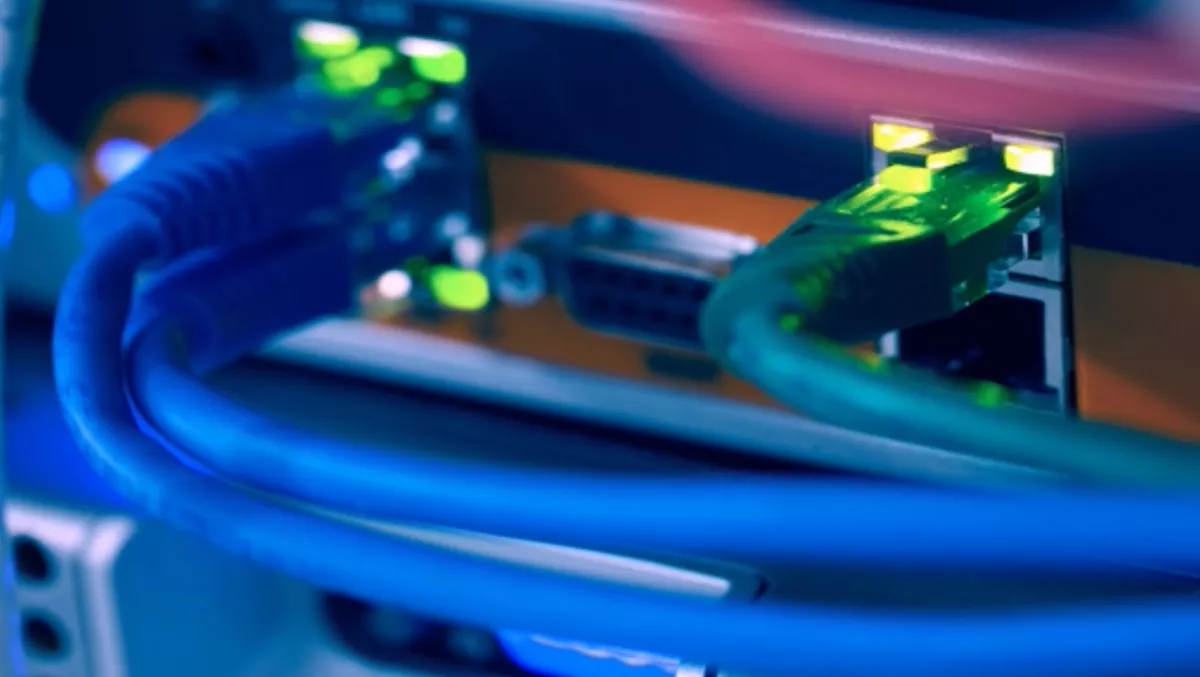
PoE and the path to sustainability
As an increasing number of businesses in New Zealand strive to reduce their environmental footprint, Power-over-Ethernet (PoE ) presents a viable and efficient way of saving power.
PoE has been around for a number of years - early IP phones used the technology well before it was broadly recognised as an alternative means of delivering power to a device and subsequently standardised by the Institute of Electrical and Electronics Engineers (IEEE).
As technology has progressed, PoE has come to be regarded as a ‘green’ alternative to traditional AC wiring, suitable for devices with relatively small power demands like IP phones, network cameras, industrial sensors and WiFi access points.
PoE provides up to 15.4 Watts of power, while PoE+ can accommodate up to 25.5 Watts. PoE uses the existing wires in an Ethernet cable to supply both power and data to a Powered Device (PD).
Straight off the bat, this leads to a reduction in the amount of mains wire needed in the walls, and all the subsequent methods of getting it there: mining, manufacturing, drilling and labour.
Ethernet cables are relatively cheap, offer a fast data rate and allow Peer-to-Peer (P2P) networking among linked devices.
In cases where there is no power supply available it negates the need for environmentally- harmful batteries.
PoE devices are also scalable - they can be turned up or down on demand, using built-in power management features.
Power Sourcing Equipment (PSE), such as a PoE network switch, looks for a device on the Ethernet cable that requires power, and sends the required amount to the device.
Think of the managed PoE switch as allocating a ‘budget’ of power to each device - similar to how the cloud maximises server resource potential, a managed PoE switch optimises electricity usage.
Managed PoE switches can also be set to turn off a PD when idle, which results in huge power savings over time. Standby power can be as much as ten per cent of a company’s total consumption, so being able to control a device’s power ‘draw’ when not in use can have a dramatic effect on overheads.
In contrast, a standard electrical converter requires constant AC power, provided by copper wires, cannot be easily managed to optimise power, and will be susceptible to power surges and blackouts.
Standards such as IEEE 802.3az EEE (Energy-Efficient Ethernet) require a PoE device to comply with environmentally- beneficial guidelines.
Most modern PoE devices on the market in NZ will conform to them, which ensures that power management technology is built in to provide optimal power usage and auto on/off functionality.
A typical PoE installation can provide data and power over a distance of 100 metres. This range can be extended by way of a PoE repeater, which can be installed at the 100 metre-mark to double the range, and repeat as necessary.
There is no interruption to data flow if a repeater is used, but power supply will be slightly effected the further the device is from the original connection.
Some companies produce outdoor PoE equipment suitable for things like outdoor surveillance and digital signage installations.
Industrial-grade equipment is also available, resistant to tough environmental conditions such as extreme heat, rain, dust and humidity.
Power-over-optical-fibre will add a new dimension to the concept of PoE. As well as lightning-fast data speeds, optical fibre will enable power delivery to a range of about two kilometres.
With the use of an Optical Fibre Power Injector at the source of the installation and an Optical Fibre Power Receiver at the end, a hybrid installation can make use of existing copper wiring to extend an outdoor PoE installation much greater distances, supplying power to remote devices that would otherwise need hundreds of metres of unmanaged electrical cabling.
PoE should be viewed as a lean, green alternative to traditional, hard-wired installations for everything from small offices through to large-scale outdoor surveillance networks.

